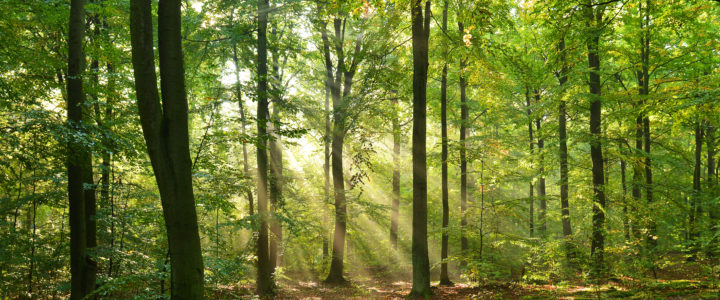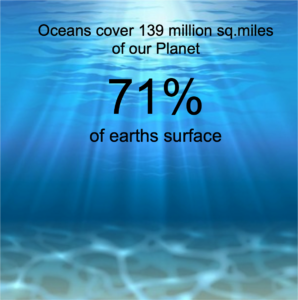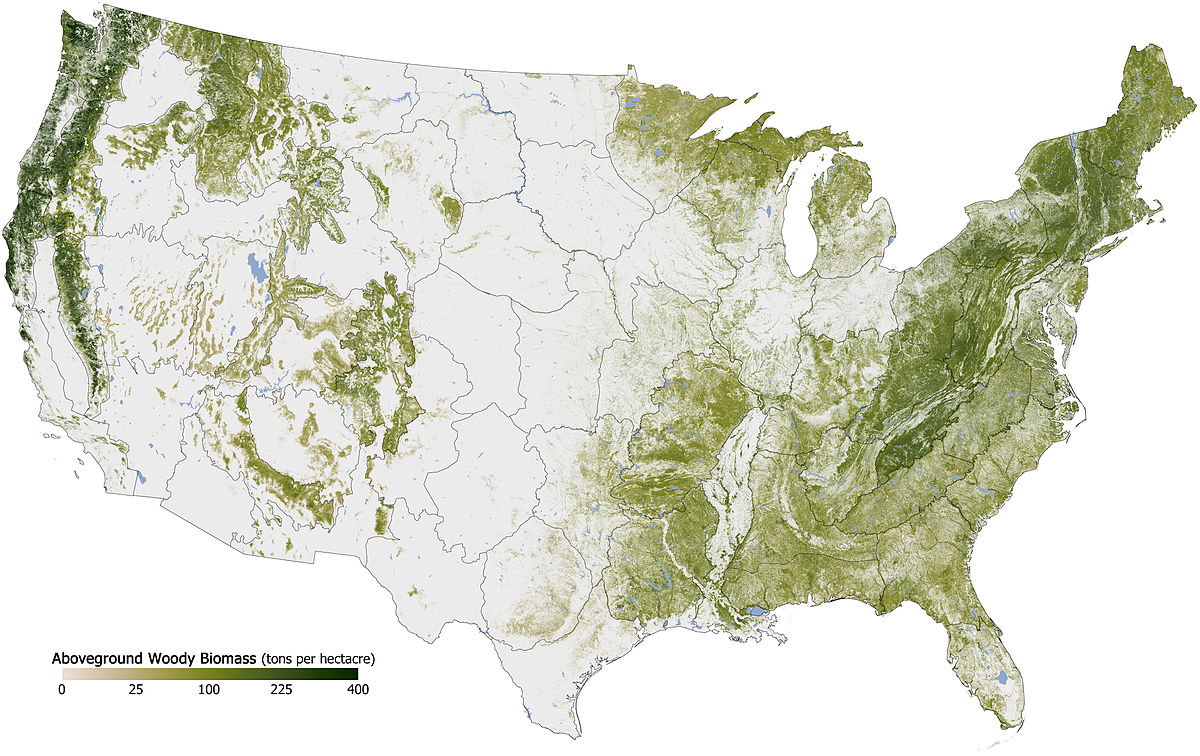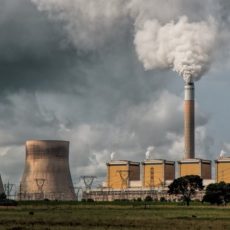
Today via the UN we celebrate the International Day Of Forests. Not only do we celebrate the ways they sustain and protect us, but also need to raise awareness of the importance of these dynamic ecosystems to our survival.
It is quite clear that there are gaps in our understanding of forests and how CO2 atmospheric levels affect them. Things we do know. Almost a third of global anthropogenic CO2 emissions have been absorbed by forests, which is roughly the same as our oceans. This makes our forests the most efficient natural resource for carbon sequestration.


Carbon sequestration is an important factor in combatting climate change. Fossil fuels are responsible for pollutants in our air causing the green house effect, global health issues, and not to mention further dividing the gap between the wealthy and not so.
Taking a high level approach to carbon sequestration, we understand that 0.93 Ton of CO2 is sequestered per acre of forest each year. This generalization can be used to show on a global level the maximum amount each person should be emitting. Right now that is 2.2 Ton of CO2 per year. And shortly our App will challenge you to reach this goal.
But this generalization is not a one size fits all solution. There are many types of forests in the globe, containing a range of different types of trees, at different ages providing old growth and new growth. They all sequester carbon at different rates. Modeling the Carbon Cycle will be a mammoth task, and we really hope advances in data modeling and AI will provide solutions.
What needs further examination is how much of the external CO2 emissions will be sequestered into the closed forest ecosystem. Before mans intervention, Howard Odum described an ecosystem in balance. The carbon released from decaying matter or natural fires is balanced by the growth rate of the forest. What happens when fossil fuel emissions disrupt this balance?
Current studies suggest the extra CO2 in the atmosphere has provided more rapid tree growth. In the last 50 years forests are taking in more CO2. This could be a cyclic change however no period in the past does any data suggest this has ever occurred on a global scale.
So if the trees are growing at a faster rate, is this good in combating climate change? If trees are living shorter lives (due to an increased growth rate), current models don’t include the possibility that soil fertility may fall. What happens when this fertility falls below the limit to sustain a forest ecosystem?
Linking changes in our climate to changes in a forests ecosystem still require further studies but there does appear to be a strong connection. As with climate science, the full effect of these changes in an ecosystem will only become apparent in the decades to come. And we will be judged by our descendants.




